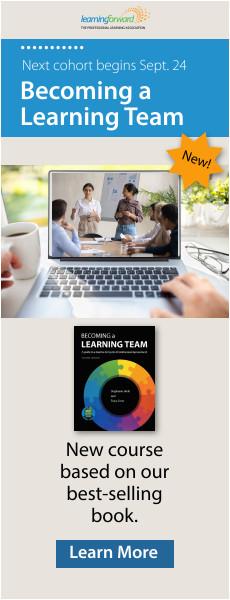Read the remaining content with membership access. Join or log in below to continue.
Sed ut perspiciatis unde omnis iste natus error sit voluptatem accusantium doloremque laudantium, totam rem aperiam, eaque ipsa quae ab illo inventore veritatis et quasi architecto beatae vitae dicta sunt explicabo. Nemo enim ipsam voluptatem quia voluptas sit aspernatur aut odit aut fugit, sed quia consequuntur magni dolores eos qui ratione voluptatem sequi nesciunt. Neque porro quisquam est, qui dolorem ipsum quia dolor sit amet, consectetur, adipisci velit, sed quia non numquam eius modi tempora incidunt ut labore et dolore magnam aliquam quaerat voluptatem.
Building-level SMART goal
| 2013-14 | ||||
| Results goal | Indicators | Measures | Targets | Actions |
| By the end of the 2013-14 school year, we will decrease the percentage of students failing courses by 5%, from 34% to 29%. | Grades | Common formative assessment data | Professional learning communities will complete a minimum of two common formative assessments with data dialogues and action plans per quarter. | Develop data dialogues and action plans with instructional coach.
Develop daily closing activities on learning targets. Monitor the use of WICOR strategies through the use of the learning walk. Monitor the performance of the students of color. Examine our data on students of color and compare it to the implementation of WICOR strategies. |
| Weeks 5, 7, 9, and semester | At weeks 5, 7, and 9, the percentage of students failing courses is 5% lower than the previous year. | |||
| Engagement | Learning walks | By the end of the first quarter, we will collect baseline data on the percentage of students engaged. | ||
| Student engagement survey | By the end of the first quarter, we will develop a common Cooper definition of student engagement. | |||
| Discipline | Classroom referrals | Monitor classroom referrals every month to look for patterns. |
If we implement the instructional framework with fidelity, then we can provide feedback, change instructional practices, and develop timely interventions.



Learning Walks
Learning walks are one method that Robbinsdale Cooper High School uses to monitor the implementation of its instructional framework. Administrators, district office staff, and the instructional coach conduct learning walks weekly using a rubric written by the building’s learning and leadership team that articulates what each element looks like in practice.
Learning walks are short time periods — 15 minutes in a classroom to gather data. Learning walks that take place during the first 15 minutes of class focus on the learning target and link to daily instruction; ones that take place during the second 15 minutes of class look for the use of instructional strategies; and learning walks that occur in the last 15 minutes of class look at instruction and how it relates to teachers checking for understanding on the daily lesson or the closing.
Learning walks provide feedback to teachers on their implementation of the instructional framework. This data is then shared with the learning and leadership team to plan further professional learning. By gathering this data from the learning walks, the school has been able to target its professional learning on specific areas for growth. The next step is to differentiate the learning for teachers based on this data.
References
Learning Forward. (2011). Standards for Professional Learning. Oxford, OH: Author.
Muhammad, A. & Hollie, S. (2012). The will to lead, the skill to teach: Transforming schools at every level. Bloomington, IN: Solution Tree.
Learning Forward is the only professional association devoted exclusively to those who work in educator professional development. We help our members plan, implement, and measure high-quality professional learning so they can achieve success with their systems, schools, and students.
Recent Issues
GLOBAL PERSPECTIVES
June 2024
What does professional learning look like around the world? This issue...
WHERE TECHNOLOGY CAN TAKE US
April 2024
Technology is both a topic and a tool for professional learning. This...
EVALUATING PROFESSIONAL LEARNING
February 2024
How do you know your professional learning is working? This issue digs...
TAKING THE NEXT STEP
December 2023
Professional learning can open up new roles and challenges and help...









